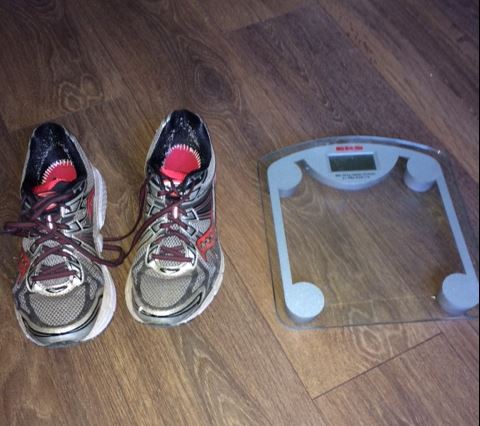Build a Web Based Business
In step 7 we learnt about creating income from trading in your passion, next you will develop your own on-line presence and build a web based business.
eBay Store
Once your sales on eBay reach a certain level you can build an eBay store. This will be your fledgling web based business. Do check that your sales will cover the monthly fees, which will be about £19.99 per month for the basic store (at the time of writing).
The benefit of having an eBay store, is that people who buy an item off you or view your listing, will be prompted to go to the store. This will increase your sales. Your store and individual items will also appear in Google searches. You can also share your store on Social Media such as Facebook, again increasing your exposure to potential buyers.
Amazon Store
Again, similar to eBay, once your sales reach a certain level think about an Amazon online store. Again your can share it on Social Media.
Develop a website for your web based business
Once you are happy that your sales are good, the next step in building your web based business is to actually own your own website. This could be to promote your eBay or Amazon stores, or to sell directly on it. Your website also might have further information about your goods or services.
If people buy your product or service on eBay, what additional information might they also want from your website? Could you sell the information as an E-book? Or could you give the information free to build up an email address database, which you can then market other products to?
Do write some website content first. People visit websites for specific information – for content. So create your content first; write about what people want to know about.
Creating Your Website
The URL or name of your website should come from the keywords, within your website. What is the site going to do, what is it about? The keywords will come from the content you have written.
If your site is going to be a simple site with a couple of pages then consider using Free Web design software. I’m not going to plug any on here, but you can find them if you search online.
Do It Yourself
The problem with free sites is that the templates are generic and your URL will have some unwanted suffix plugging someone else’s site. That’s why I recommend learning how to do it yourself. If you are serious about having a web based business it will pay dividends to learn how to develop a basic site yourself.
Pay someone to build it
If you are really serious and want an all-singing-all-dancing site and simply don’t have the time or inclination to DIY, then get a professional to do it for you. Do check out what other sites they have built first and compare their fees with other designers.
Get Hosting
It’s important to think about who will host the site for your web based business. When researching for Web hosting, consider these factors:
Capacity – will the host allow you unlimited capacity, so your site can grow over time.
Uptime – does the host have an unbroken record of uptime. The last thing you want is for their server to crash.
Customer service – check their online forum to see what other people are saying.
Easy to use – is there a really easy and intuitive dashboard or does it look cluttered and confusing.
Unlimited urls – can you have many urls under one hosting? You might want more than one site.
Email – do you get an email account to really personalise your website?
Web building – some hosting providers also have web building facilities.
I can recommend Bluehost as a hosting provider, they are reasonably priced and simple to use.
SEO – Search Engine Optimisation
Once you have an online presence there several ways in which people might get to your site. One is through the search engines like Google, Yahoo, Bing etc. These search engines want to be able to provide the searcher with the most relevant website page and so they have developed programs that will analyse the content on the web to see what is relevant or not. There are no esoteric dark arts involved in this, it is just a case of simply being relevant.
So your first task in SEO is to provide relevant content. Next make sure you have relevant page titles. If you are designing your own site, make sure you place meta tags and descriptions in the code to help the search engine to find out if your site is relevant. Make the design of your site easy for the search engine to navigate. This means having a good logic sequence. Another way to make your site relevant is by getting incoming links from other related relevant sites, the more of these the better.
Remember the three secrets to great SEO: Relevance, relevance, relevance.
Monetise your site
If your site hits the spot and you start getting lots of traffic, you have an opportunity to further develop your web based business. A good way is through using affiliates programs. This is where you provide a link to another website, whose owner will pay you if people click through to their site and buy something. Be careful, though, as you don’t want to drive people away from your site.
Always remember to put a method for visitors to contact you as this could lead to further sales and also an opportunity to provide a service. Which leads us nicely on to the next step: Providing a Service. This will be the subject of the next chapter.


